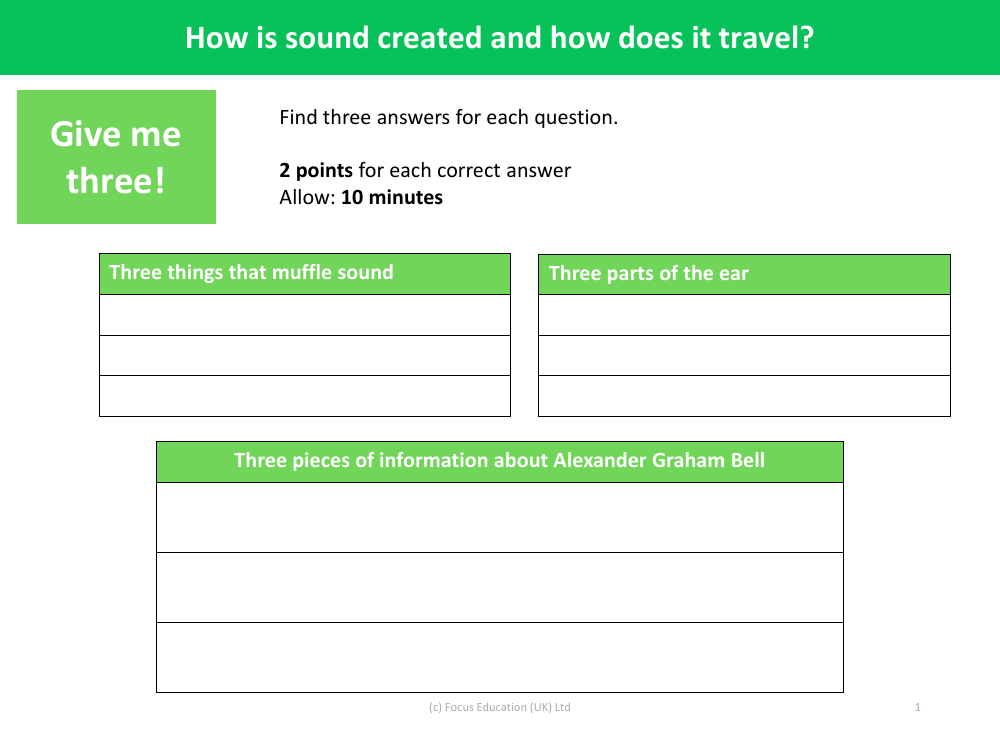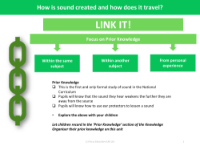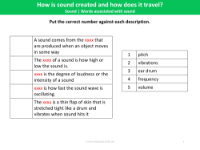Give me 3 - Sound

Science Resource Description
Alexander Graham Bell was a prominent inventor and scientist known for his groundbreaking work in communication technology. He is most famously credited with inventing the first practical telephone, which revolutionised how people communicate over long distances. Bell was also a co-founder of the American Telephone and Telegraph Company (AT&T), which became one of the largest telecommunications companies in the world. Additionally, Bell had a strong interest in helping the deaf and worked extensively on inventions and techniques to assist with hearing, inspired in part by his own mother's and wife's deafness.
The human ear is comprised of three main parts: the outer ear, the middle ear, and the inner ear. The outer ear consists of the pinna (the visible part of the ear) and the ear canal, which collect sound waves and direct them inward. The middle ear contains three tiny bones called the ossicles - the malleus, incus, and stapes - which amplify the vibrations from sound waves. The inner ear includes the cochlea, a spiral-shaped organ that converts these vibrations into electrical signals that the brain interprets as sound, and the vestibular system, which helps maintain balance.
Several factors can muffle sound, reducing its intensity and clarity. Soft materials such as thick curtains, carpets, and upholstered furniture can absorb sound waves, diminishing the sound's volume. Acoustic panels and foam are specifically designed to muffle sound and are often used in recording studios and theatres to improve sound quality. Additionally, distance from the sound source can also muffle sound, as the energy of the sound waves dissipates over space, leading to a decrease in volume and potential distortion of the sound by the time it reaches the listener.
Sound is created when an object vibrates, causing the air around it to move and create waves known as sound waves. These waves travel through the air or other mediums such as water or solids. As sound waves move, they carry the energy of the vibration from the source to the listener's ear. When these waves reach the ear, they cause the eardrum to vibrate, and this movement is then transferred through the ossicles in the middle ear to the cochlea in the inner ear. There, the vibrations are transformed into electrical signals that the brain interprets as sound.












